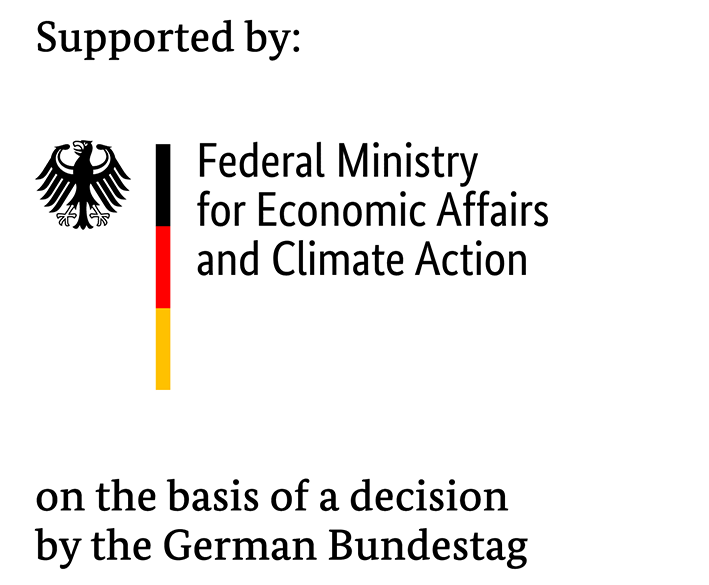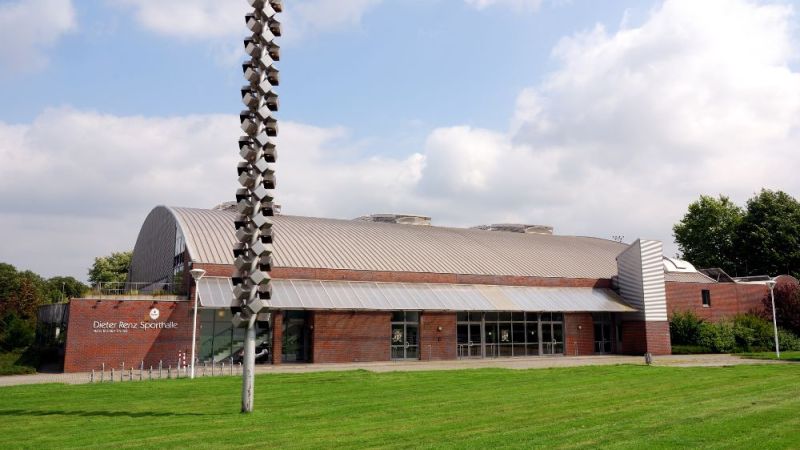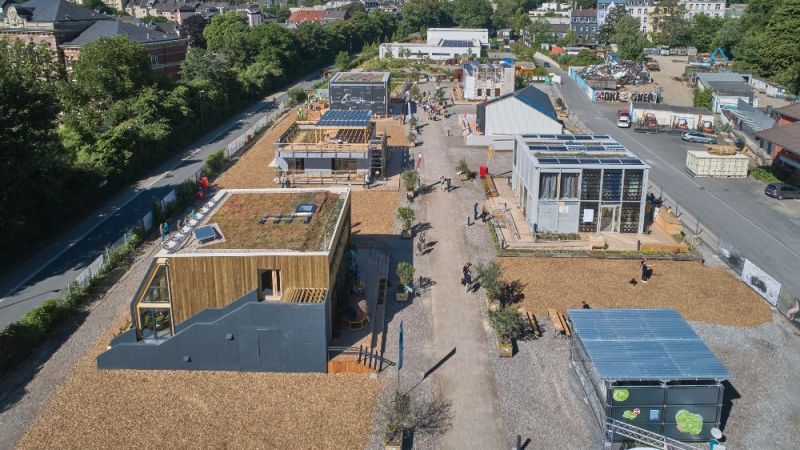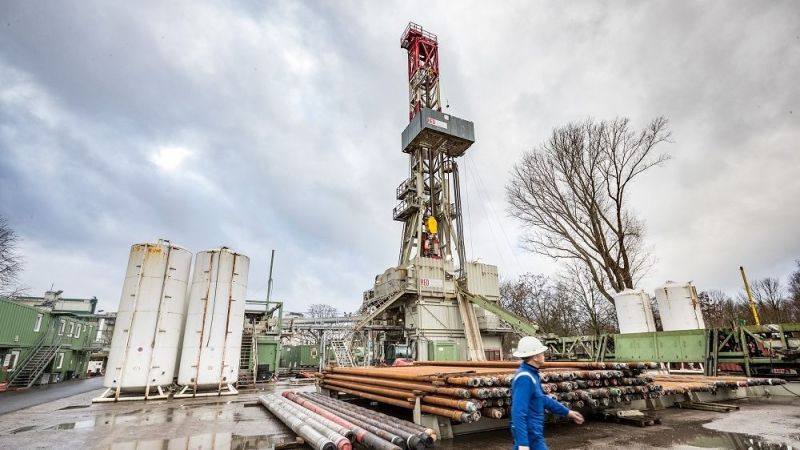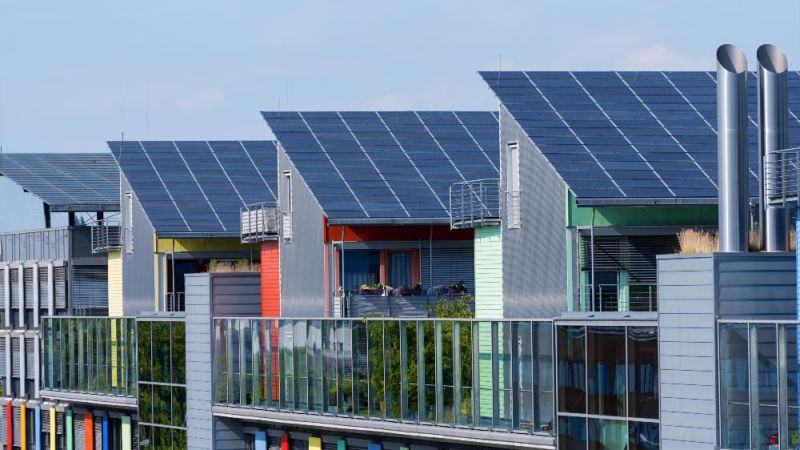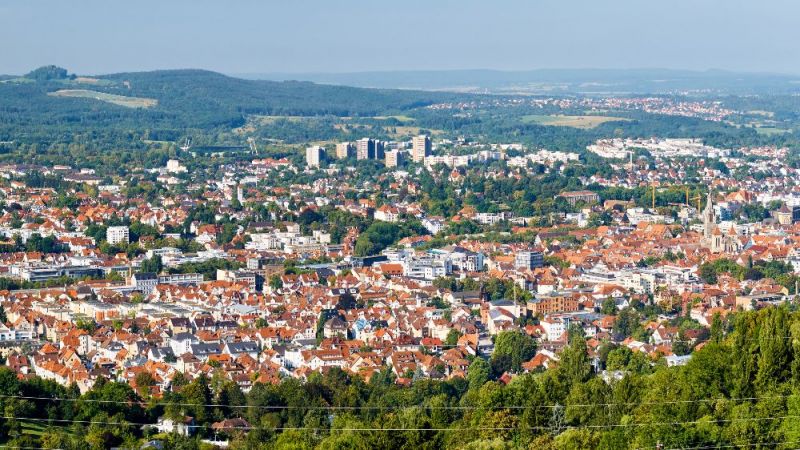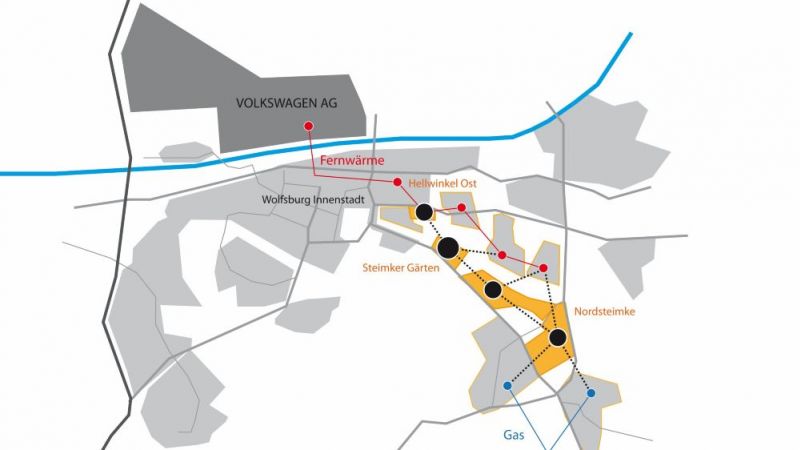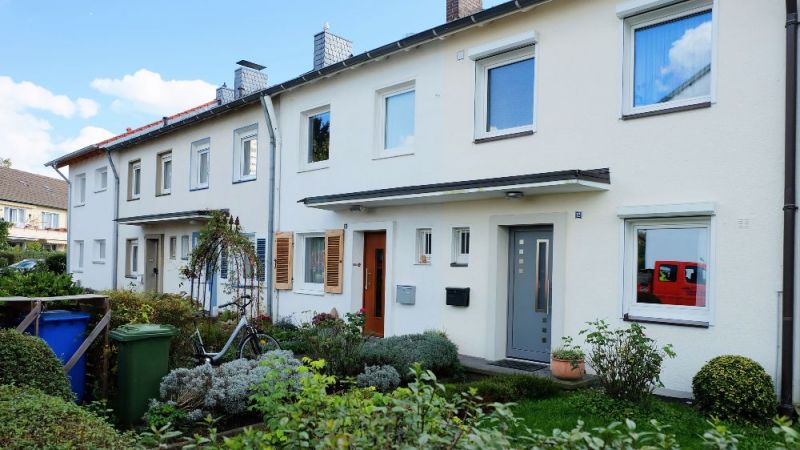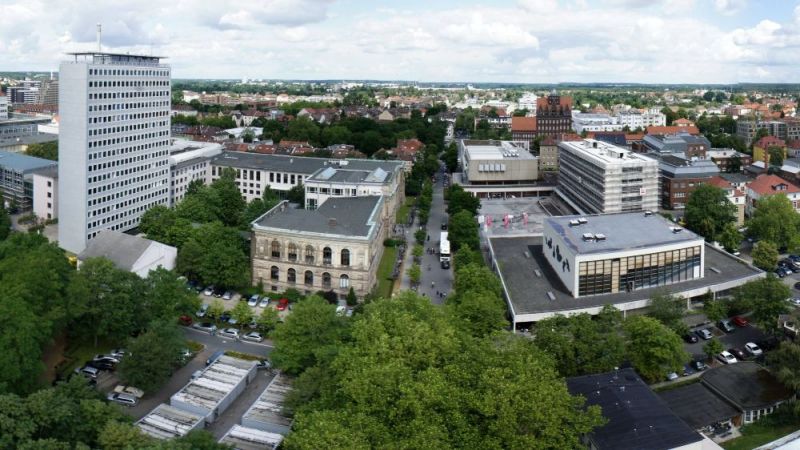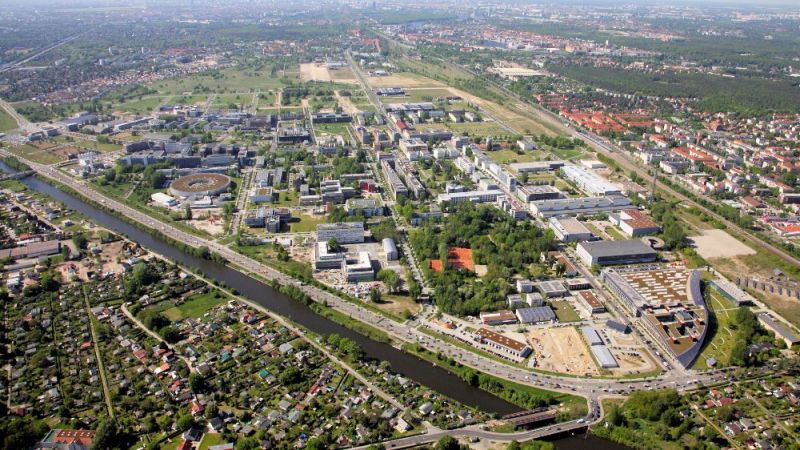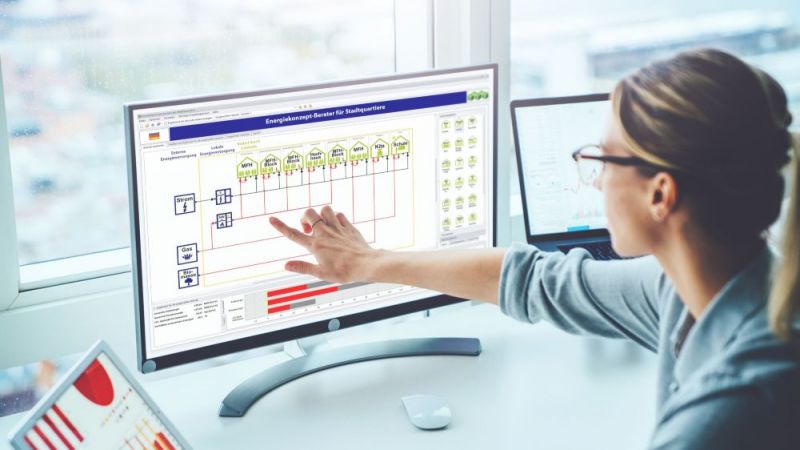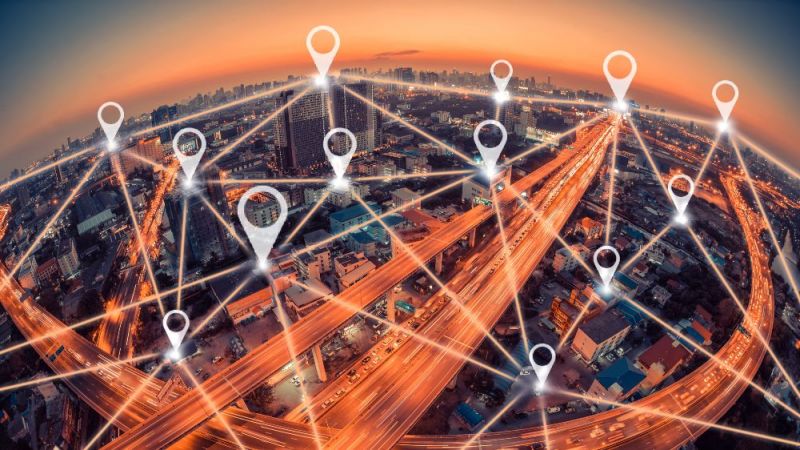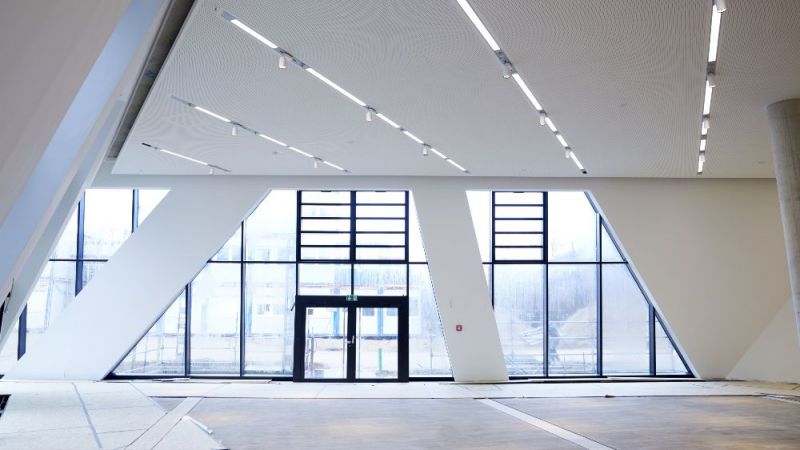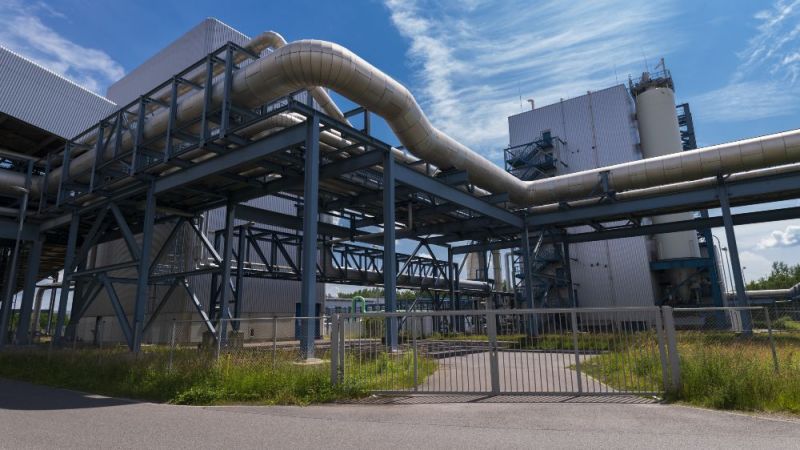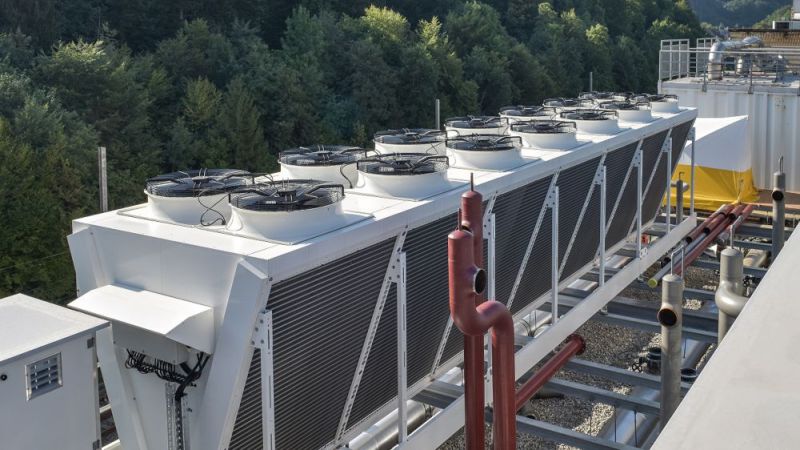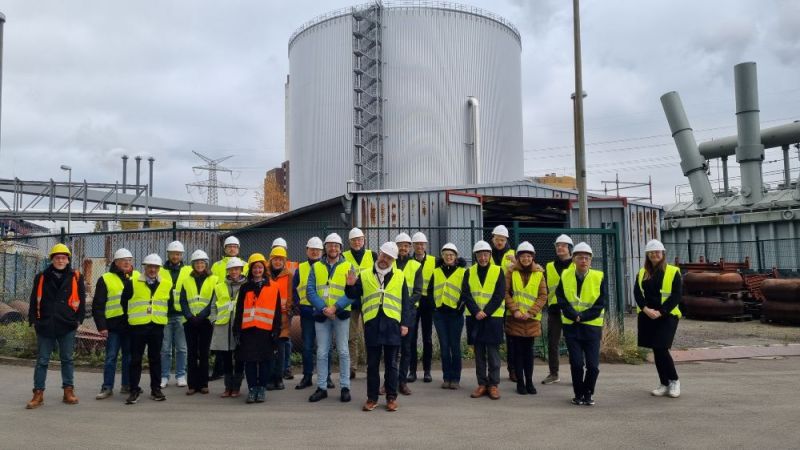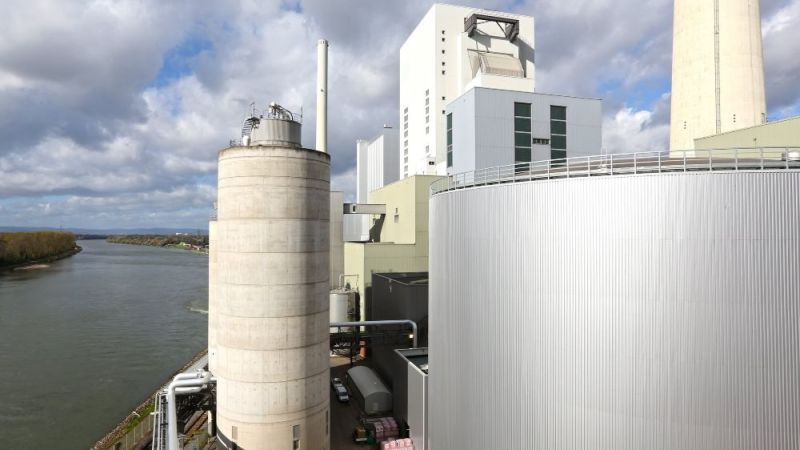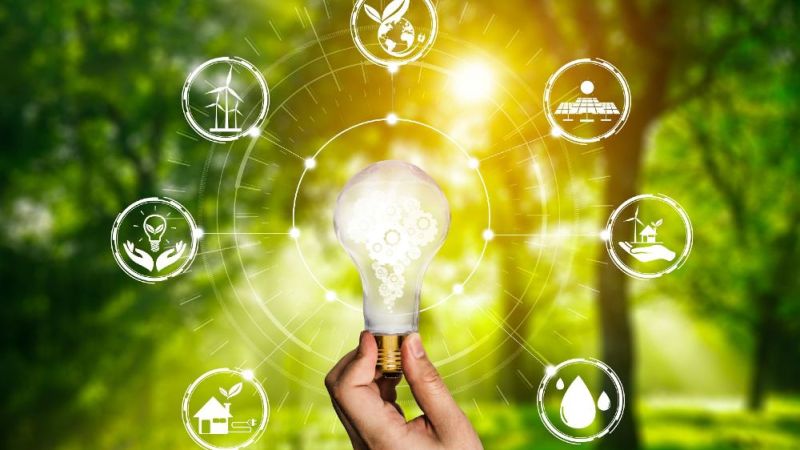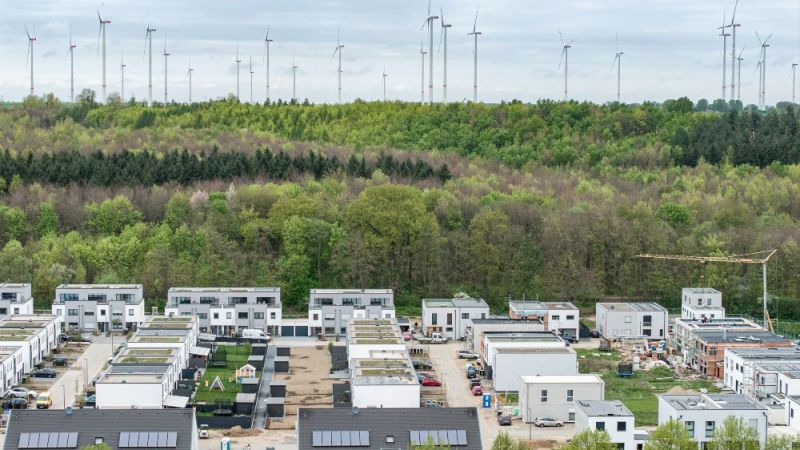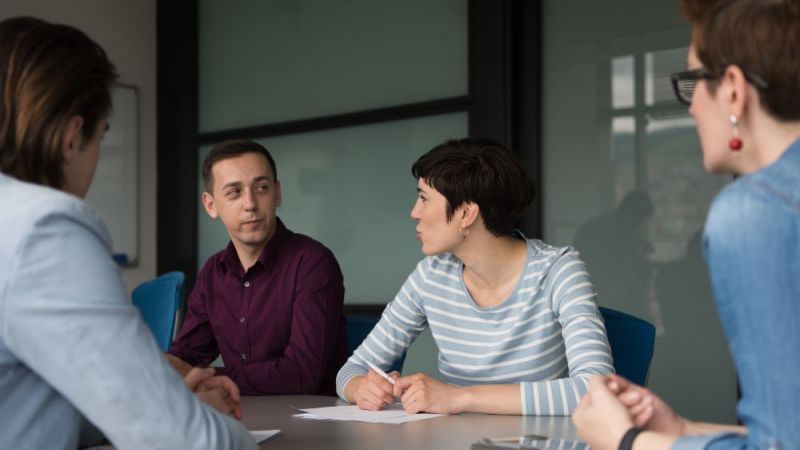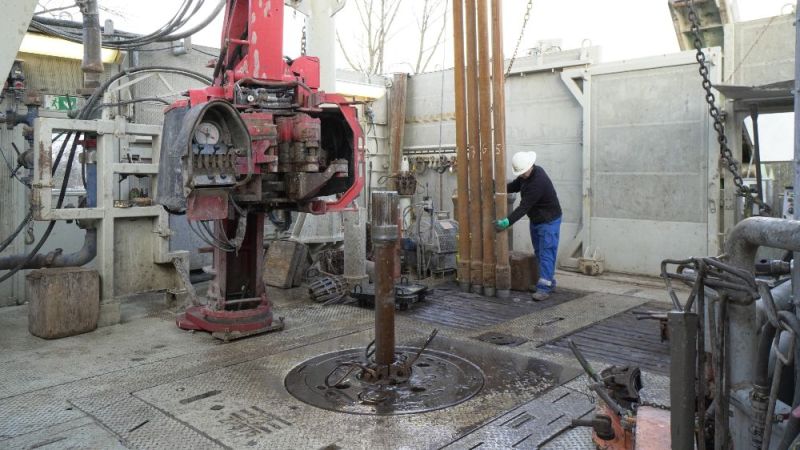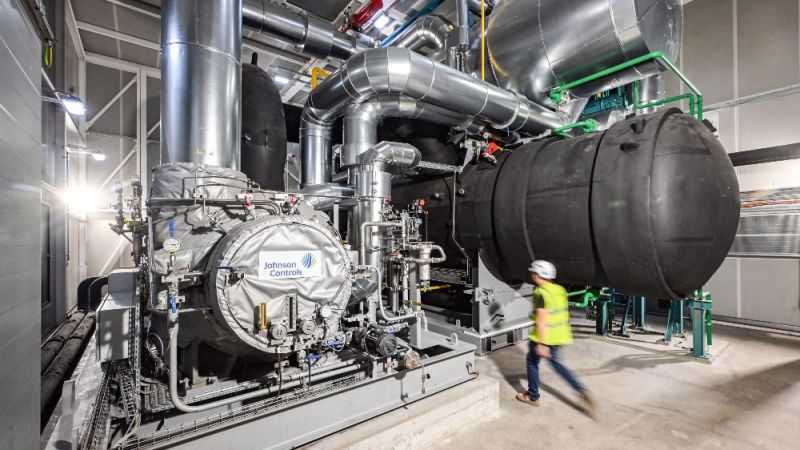
Living Labs for the Energy Transition
SmartQuart: Energy Transition on a Local Scale
Implementing the energy transition on a neighbourhood scale and supplying neighbourhoods with one hundred percent renewable energy is already technically possible today. To achieve this, the necessary systems must be converted to energy-saving technologies and information and communication technologies (ICT) must be integrated to intelligently link the various systems. The Living Lab for the Energy Transition SmartQuart shows how this is possible.
ICT and smart grid technologies improve grid control and automation and ensure safety, resilience and operational efficiency. The integration of these technologies is necessary because the grid and generation are increasingly organised in a decentralised manner. The distribution grid level is increasingly being used. For this interaction to work, a systemic approach is required.
As energy is increasingly generated locally and by several individual plants, additional actors also appear: Municipalities, citizens, commercial and industrial enterprises. These need to be considered and included in decisions. New infrastructure, business and partnership models create the necessary framework for this.
SmartQuart is a so-called Living Lab for the Energy Transition. In general, innovative technologies are tested in practical application under real conditions and on an industrial scale in this format funded by the Federal Ministry for Economic Affairs and Climate Protection. Experts can then use the experience gained in the projects to decisively advance the far-reaching transformation of the energy system in Germany towards climate neutrality.
Connecting individual systems
One of the project’s goals is to intelligently optimize the energy flows in the neighbourhoods. The aim is to increase local energy use while simultaneously relieving the load on the overtaxed grid by decreasing vertical power flows. Facilities within and between neighbourhoods will be aggregated and harnessed for this purpose – in other words, many individual solutions will be integrated to form one system. In this way, potential synergies that have not yet been harnessed can be leveraged between individual, existing facilities. Individual solutions such as buffer storage, sector coupling facilities, mobility, and local load management (demand side management) will also contribute towards achievement of the project goal.
Digital control of energy flows
This will be supported by features such as a digital neighbourhood management system, as well as a central control unit to ensure optimal control of the neighbourhood. Project partners can use software-based optimization programs on decentralized platforms to identify efficiencies in the network system, as well as load shifting and energy generation management options in the neighbourhoods. This also makes it possible to take on system services for upstream grid levels.
Practical testing on site
The SmartQuart project allows the potential of renewable energy technologies to be explored under real-world conditions, taking into account the various interests of users, local authorities, planners, and operators. For instance, users can rate the system in terms of convenience and efficiency. Local authorities and planners can assess feasibility and investment and planning risks, and operators can evaluate the business model and the operation risks.
Objective: Sustainable hydrogen infrastructure
The SmartQuart project will also see the establishment of a neighbourhood-level sustainable hydrogen infrastructure in Kaisersesch. This will include a hydrogen-based microgrid that demonstrates the entire renewable energy value chain in the heating, electricity, mobility, and industrial sectors. In Bedburg and in Essen, wind farms and photovoltaic plants in the local area will provide renewable electricity for supplying either heating or power directly. There is also the possibility of using novel LOHC technology to transport partial quantities of the generated H₂ or store it for the long term. In addition, pure H₂ pipelines will distribute hydrogen to end users in the heating, electricity, and mobility sectors.
Three neighbourhoods in profile
In Essen, an urban quarter with a high building and power density is to be created that will serve as a model for large cities in the future. The district shows how energy can be used efficiently even in the high-density areas of large cities and municipalities, thus making a significant contribution to the energy transition.
30.05.2023
E.ON Energy Solutions GmbH
https://www.eon.com/de.html
Tel: +49(0)201-18400
RWTH Aachen, E.ON-ERC, Lehrstuhl für Gebäude- und Raumklimatechnik
https://www.eonerc.rwth-aachen.de
secretariat-erc@eonerc.rwth-aachen.de
Tel: +49(0)241-80-99566
Stadt Essen - Stabsstelle Grüne Hauptstadt Agentur
http://www.essen.de
info@essen.de
Tel: +49 201 88-0
OFB Projektentwicklung GmbH - Niederlassung Düsseldorf
http://www.ofb.de
ofb-frankfurt@ofb.de
Tel: 0211 88242610
HYDROGENIOUS LOHC TECHNOLOGIES GMBH
http://www.hydrogenious.net
info@hydrogenious.netnet
Tel: +49 (0)9131-12640-0
Verbandsgemeindeverwaltung Kaisersesch
http://www.kaisersesch.de
info@vg.kaisersesch.de
Tel: 02653 9996-0Projektpartner
gridX GmbH
https://gridx.ai/
info@gridX.de
Tel: +49 (0) 241 412597 10
Stadt Bedburg
http://www.bedburg.de
stadtverwaltung@bedburg.de
Tel.: 02272 / 402 - 0
Viessmann Werke Allendorf GmbH
http://www.viessmann.de
info@viessmann.com
Tel.: 06452 70-0

